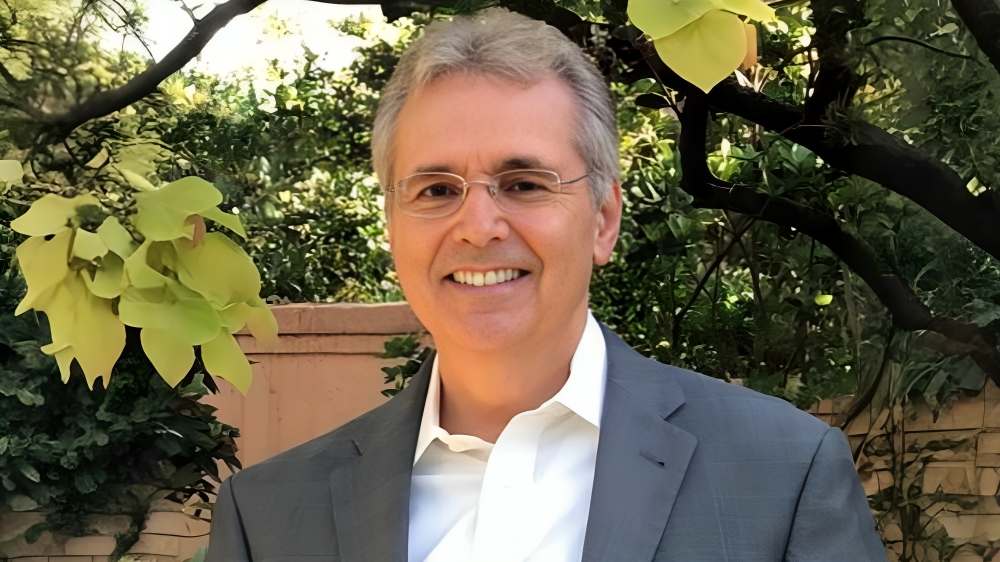Ron De Pinho shared a post by The Nobel Prize, adding:
“Today’s Nobel in Medicine or Physiology honors the discoveries that revealed regulatory T cells — the body’s built-in brakes that prevent friendly fire from the immune system. This was a major conceptual leap revealing how the immune system learns when not to attack — self tolerance as an active cellular program. The genetic key was the discovery of master regulator FOXP3, enabling precise study of these enigmatic cells. Elegant science with human consequences. Congratulations to the laureates that turned immunology’s ‘brakes’ into a translational playbook for autoimmunity and cancer.”
Quoting The Nobel Prize‘s post:
“This year’s Nobel Prize laureates in physiology or medicine discovered how the immune system is kept in check.
Our immune system is an evolutionary masterpiece. Every day it protects us from the thousands of different viruses, bacteria and other microbes that attempt to invade our bodies. Without a functioning immune system, we would not survive.
One of the immune system’s marvels is its ability to identify pathogens and differentiate them from the body’s own cells. The microbes that threaten our health do not wear a uniform – they all have different appearances. Many have also developed similarities to human cells, as a form of camouflage. So how does the immune system keep track of what to attack and what to protect? Why doesn’t the immune system attack our bodies more frequently?
Researchers long believed they knew the answer to these questions: that immune cells mature through a process called central immune tolerance. However, our immune system turned out to be more complex than they believed. Mary Brunkow, Fred Ramsdell and Shimon Sakaguchi have been awarded the 2025 Nobel Prize in Physiology or Medicine for their discoveries concerning peripheral immune tolerance.
The Nobel Prize laureates identified the immune system’s security guards, regulatory T cells, thus laying the foundation for a new field of research. The discoveries have also led to the development of potential medical treatments that are now being evaluated in clinical trials. The hope is to be able to treat or cure autoimmune diseases, provide more effective cancer treatments and prevent serious complications after stem cell transplants.
Learn more:
- Press release
- Popular information
- Advanced information.”

